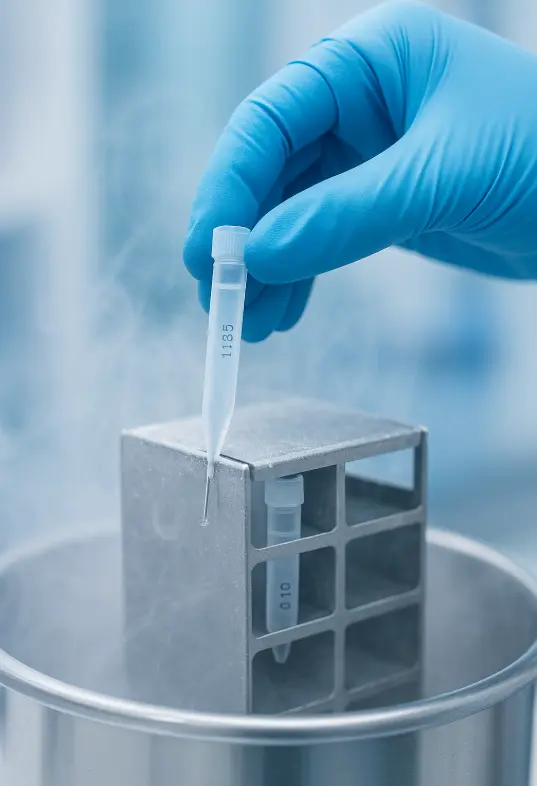In the field of regenerative medicine, the long-term viability of stem cells depends on how precisely and safely they are handled during cryogenic storage. As demand grows for reliable preservation, engineers are turning to advanced micro molding technologies to build high-performance components that make this possible. These microscopic tools and containers may seem small—but they play a vital role in protecting irreplaceable biological material, ensuring consistent temperature control, structural integrity, and sterile containment throughout the entire preservation process, from initial freezing to long-term storage and eventual thawing.
Precision Meets Preservation
Stem cells are incredibly sensitive to environmental changes. Maintaining their integrity during storage, especially in ultra-low temperatures, requires not only controlled environments but also specialized storage carriers that can withstand cryogenic conditions without compromising the contents. Traditional fabrication techniques often fall short when it comes to the thin-walled, high-precision parts needed for this purpose. That’s where micro molding comes in.
Micro plastic injection molding allows for the production of intricate parts with exacting tolerances. In the context of stem cell preservation, this means being able to produce tiny but structurally sound devices such as cryo straws, caps, and sealing systems. These components must not only fit perfectly but also resist cracking, shrinking, or leakage when exposed to temperatures as low as -196°C.
Materials Matter
Cryogenic carriers require materials that are both biocompatible and resistant to extreme cold. Engineers often work with specialty polymers like cyclic olefin copolymers (COCs), which offer low extractables, strong barrier properties, and high dimensional stability even under stress. These polymers can be precisely shaped using micro molding, ensuring that every part is uniform and performs consistently during cryo storage cycles.
A cryo carrier, for example, may have ultra-thin walls to allow rapid temperature transfer during freezing or thawing, without jeopardizing the cell sample. Any variation in wall thickness or surface finish could lead to uneven cooling and cellular damage. Micro plastic injection molding ensures that each piece meets these rigorous requirements.
Scalability Without Compromise
One of the greatest advantages of micro molding in this space is its scalability. Manufacturers can produce large volumes of consistent, high-quality parts to meet the growing needs of stem cell banks, fertility clinics, and biotech labs. Since the process is highly automated and precise, it also reduces the risk of human error or contamination—both of which are critical concerns in cryopreservation.
As therapies based on stem cells continue to expand—from treating blood disorders to potentially reversing degenerative diseases—the need for dependable, scalable, and sterile preservation tools will only intensify. Micro molded devices are at the center of this evolution, quietly enabling scientists and clinicians to do more with less, at a smaller scale and with greater control. These innovations not only improve reliability and reduce waste but also support tighter quality assurance in sensitive medical applications, where even microscopic variances can affect long-term patient outcomes.
Innovation for the Next Generation
The role of micro molding is not limited to containers and carriers. It also extends to precision components in automated cryogenic systems—such as valves, ports, and connectors—used during storage and retrieval. These components must fit tightly, function reliably, and remain inert to avoid any adverse interactions with the stored material.
What’s more, the flexibility of micro plastic injection means it can accommodate custom geometries, enabling personalized solutions for niche needs like pediatric stem cell storage or specialized research samples.
In conclusion, as the life sciences continue to push the boundaries of what’s possible, engineering solutions must keep pace. Advanced molding techniques are not just supporting the cryogenic storage of stem cells—they’re shaping the future of regenerative medicine.
Also Read-Top Benefits of Health Insurance Everyone Should Know

